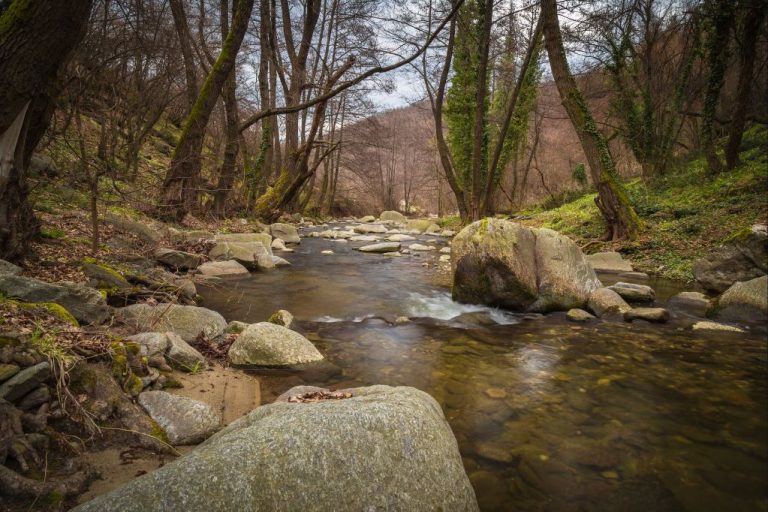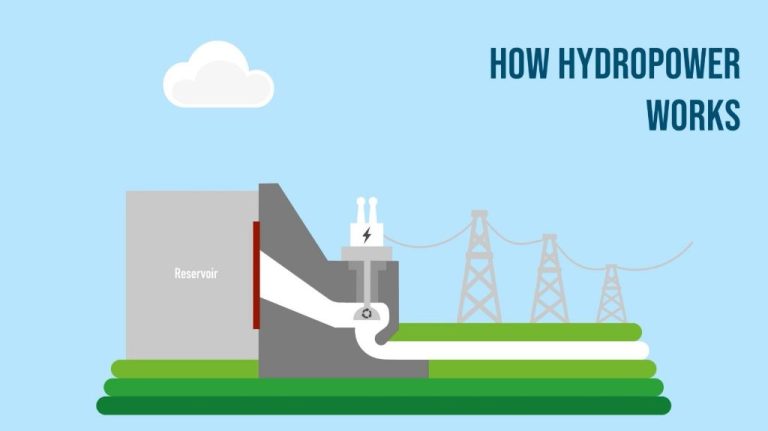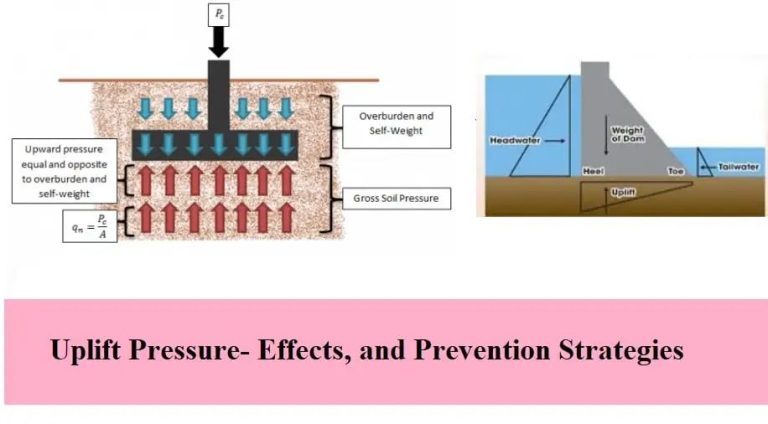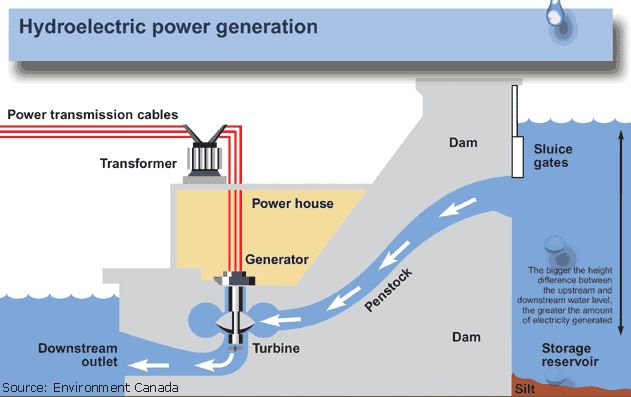What Is The Capacity Of Kulekhani Hydropower?
The Kulekhani hydropower plant is located on the Kulekhani River in Makwanpur district of central Nepal. It is one of the major hydropower plants in Nepal with an installed capacity of 92 MW (Kulekhani Reservoir, n.d.). The plant was completed and commissioned in 1982 with assistance from the World Bank and Asian Development Bank to help meet Nepal’s growing electricity demands (Malla, 2013). It utilizes the waters from the Kulekhani Reservoir, which was created by the damming of the Kulekhani and Khani Kholsa rivers. The plant has played an important role in Nepal’s power sector for over 30 years.
Location
The Kulekhani hydropower plant is located in the central Himalayan region of Nepal, about 50 km southwest of Kathmandu valley. It is situated on the Indrawati River in Makwanpur and Chitwan districts (Wikipedia, 2023). More specifically, the project area lies between the latitude 27°37’N to 27°42’N and longitude 85°05’E to 85°10’E (ResearchGate, n.d.). The Kulekhani reservoir that feeds the hydropower plant is nestled high in the mountains at an elevation of 1,400 meters above sea level.
History
The Kulekhani Hydropower Plant is located on the Kulekhani River in Makwanpur district, Nepal. Construction on the plant began in 1978 and was completed in 1982 with assistance from the Chinese government (https://en.wikipedia.org/wiki/Kulekhani_Reservoir). The plant consists of two units, Kulekhani I and Kulekhani II, with installed capacities of 60 MW and 32 MW respectively. Kulekhani I was commissioned in 1982, while Kulekhani II came online in 1986. The total installed capacity of the Kulekhani Hydropower Plant is 92 MW, making it one of the largest hydropower facilities in Nepal at the time of its completion.
Specifications
The Kulekhani Hydropower Plant complex consists of two separate power plants: Kulekhani I and Kulekhani II. Kulekhani I has two Pelton turbine units with a combined installed capacity of 60 MW. The dam height is 167 m and gross head is 579 m. The reservoir storage capacity is 85.3 million m3. Kulekhani II has two Pelton turbine units with a combined installed capacity of 32 MW. The dam height is 167 m and gross head is 529 m.
According to Wikipedia, the total installed capacity of the Kulekhani Hydropower Plant is 92 MW. The reservoirs drain a total catchment area of 362 km2. The turbines used are vertical Pelton type.
Capacity
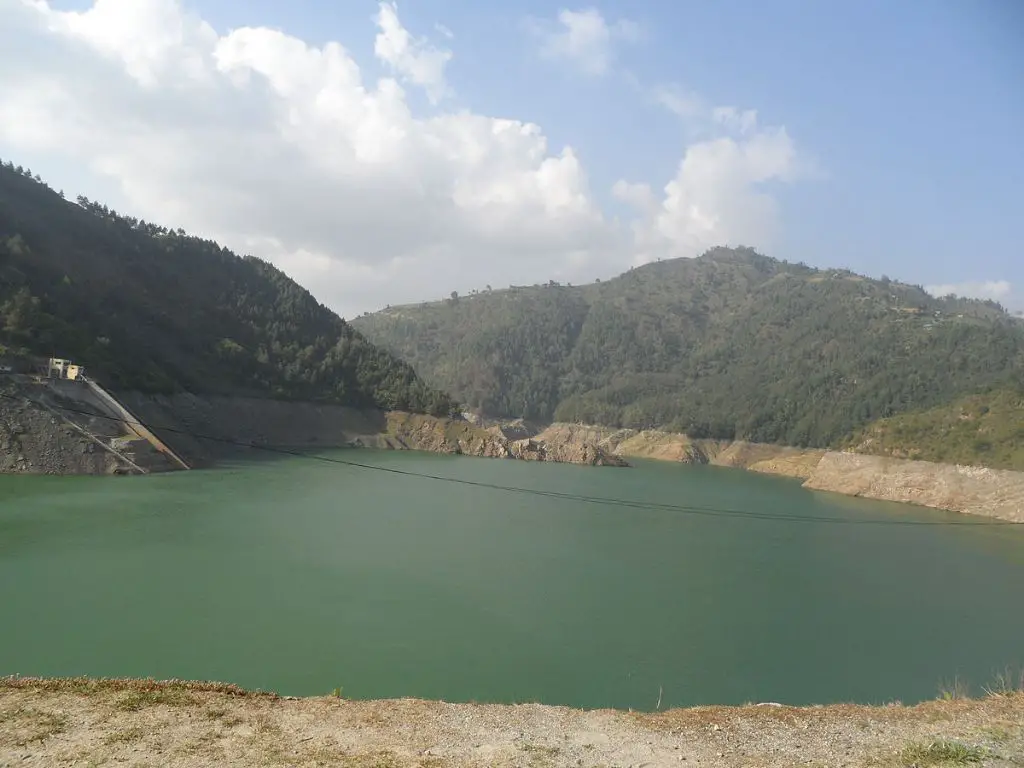
The Kulekhani Hydropower Plant has an installed capacity of 92 megawatts (MW). It consists of two units – Kulekhani I and Kulekhani II. Kulekhani I has an installed capacity of 60 MW with two 30 MW generating units. It was commissioned in 1982. Kulekhani II has an installed capacity of 32 MW with two 16 MW generating units and was commissioned in 1986 [1].
The average annual energy generation from Kulekhani Hydropower Plant is 420 GWh. Kulekhani I generates an average of 264 GWh annually while Kulekhani II generates around 156 GWh annually [2].
Energy Production
The Kulekhani hydropower plant has an installed capacity of 92 MW, with two units of 32 MW (Kulekhani I) and 60 MW (Kulekhani II). The annual energy production from the plant is around 557 GWh.
According to a research study, the annual energy generation from Kulekhani I was around 182 GWh in 2010. The generation showed variation over the years, with the minimum generation of 119 GWh in 2001 and maximum of 182 GWh in 2010.
The average annual energy generation from Kulekhani II is around 375 GWh as per latest figures. So the total annual energy production from the Kulekhani hydropower plant is approximately 557 GWh from both Kulekhani I and II units.
The energy generated from Kulekhani hydropower plant accounts for around 9% of Nepal’s total electricity generation. It plays an important role in meeting the country’s energy needs and reducing reliance on imported electricity.
Ownership
The Kulekhani hydropower plant is owned and operated by the Nepal Electricity Authority (NEA), which is the major government-owned public electricity utility in Nepal. The NEA took over ownership and operation of the plant after its completion in 1982. As noted in the project documents from the World Bank, the NEA was also responsible for procuring and overseeing the engineering, procurement and construction (EPC) contractor for the plant’s recent rehabilitation and upgradation project funded by the World Bank.
Significance
Kulekhani hydropower plant plays a vital role in Nepal’s power grid, providing much-needed electricity and grid stability. With an installed capacity of 92 MW, it is one of the largest hydropower plants in the country [1]. The plant generates over 560 GWh of electricity annually, meeting approximately 5% of Nepal’s total energy demand [2].
The reservoir acts as a “peaking plant,” meaning it can quickly ramp up electricity generation to meet peak demand periods. This helps balance load and stabilize the grid when energy use spikes. Kulekhani provides crucial dry season power when river flows decline, and it helps avoid load shedding and blackouts during peak hours. Its strategic location near Kathmandu also reduces transmission losses. For these reasons, Kulekhani is considered an indispensable facility for Nepal’s electricity supply.
Environmental Impact
The Kulekhani hydropower plant has had some negative impacts on the local environment and ecology. When the reservoir was first filled, it submerged forested land and agricultural fields, displacing some local communities. According to a case study by Shrestha et al. (2011), the creation of the Kulekhani reservoir resulted in the loss of 1,364 hectares of land, including 504 hectares of forest and 860 hectares of agricultural land.
The reservoir’s fluctuation in water levels during dry and monsoon seasons has also led to shoreline erosion. When water levels are low, the exposed shorelines can become eroded and degraded (Shrestha et al., 2011). There are also concerns about siltation and sedimentation build up affecting the reservoir’s capacity over time.
Additionally, the dam has disrupted the natural flow regimes of the local Indrawati River. By regulating water flows, fish migration patterns and aquatic ecosystems have been impacted downstream. However, the power station does have a minimum release flow requirement to help support aquatic habitat and communities.
Future Plans
There are plans to expand and upgrade the Kulekhani hydropower plant in the future. The Nepal Electricity Authority has proposed building Kulekhani III, which would add an additional 14 MW of capacity to the existing Kulekhani I and II plants. This expansion is expected to increase the total installed capacity at Kulekhani to around 92 MW.
In addition to adding more capacity, there are also plans to rehabilitate and modernize the existing Kulekhani I plant, which first came into operation in 1982. Upgrading the electromechanical equipment at this older plant will help improve efficiency and reliability. Overall, these future upgrades and expansions will increase Nepal’s hydropower generation and help meet rising electricity demand.
(https://kathmandupost.com/columns/2023/02/11/solar-and-hydro-a-match-made-by-nature)

